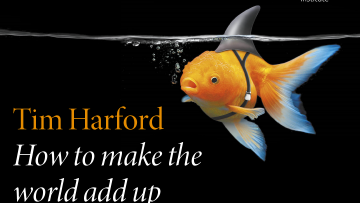12:00
BV formalism, QFT and Gravity: a Homotopy perspective
Abstract
After a review of Batalin-Vilkovisky formalism and homotopy algebras, we discuss how these structures emerge in quantum field theory and gravity. We focus then on the application of these sophisticated mathematical tools to scattering amplitudes (both tree- and loop-level) and to the understanding of the dualities between gauge theories and gravity, highlighting generalizations of old results and presenting new ones.


